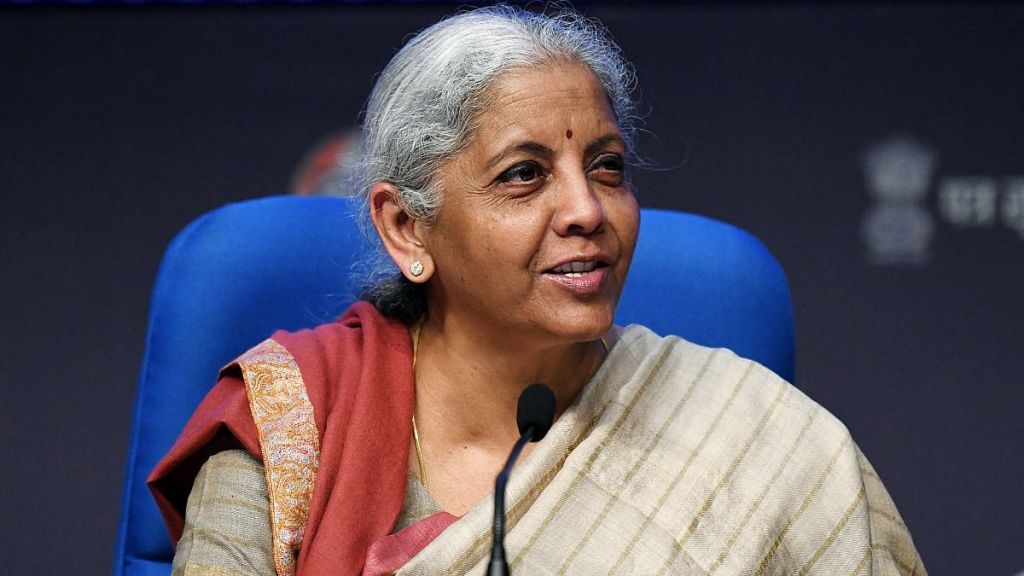
The Union Budget 2025-26, delivered by the Finance Minister, is a bold step towards realising the dream of Viksit Bharat 2047. With an emphasis on financial frugality, economic development, and social development, the budget seeks to propel India towards its future.
A distinguishing feature of this budget is reform in income tax structure with a view to enhance disposable incomes. By extending the base of the minimum tax slab and simplifying overall taxes, the government has consolidated the financial position of the middle-class citizen with enhanced financial freedom. With its impact, consumption will rise, and stimulate growth in the economy and investments. The Finance Minister’s move is in line with expectations, fulfilling the demand for a fairer taxing regime.
Strengthening India's agriculture
Agriculture remains a principal pillar for India’s economy, with a welcome focus in the budget towards indigenisation and productivity. Launching the Prime Minister Dhan-Dhaanya Krishi Yojana with the objective to enhance agricultural efficiency in 100 districts is an expression of the government’s willingness towards an ecologically friendly agricultural practice. By inaugurating the six-year Mission for Aatmanirbharta in Pulses will domestic availability will stabilise and restrict import dependence. Also, encouragement for fruit and vegetable production, and agro-processing, will allow farmers to gain a fair price for their produce.
The creation of a Makhana Board in Bihar and easier access to credit through Kisan Credit Cards will stimulate the rural economy and make agricultural activity a driving force for national development.
Empowering MSMEs for Economic Resilience
The budget, in a nod to MSMEs' role as a secondary driving force for the economy, has mooted interventions for ease of operations and access to credit for companies. With a larger credit cover for small companies and the launch of customised credit cards for micro-enterprises, a larger confidence and operational expandability for companies will be boosted. With a larger investment and turnover caps for the MSME tag, financial constraints will become less of a problem for companies, and expansion will not have any regulative impediments in its path.
Such actions, supplemented with ease of doing business reform, will generate jobs and drive manufacturing capabilities. A sustained focus towards simplifying processes and less government intervention is most heartening, providing a strong platform for the expansion of industries.
Health & Education: An Investment in Capital
To make medical care accessible, the government is setting up daycare centers for cancer care in every district as well as increasing the number of medical seats to 10,000 signaling their dedication towards providing citizens with affordable and high-quality medical care. Additionally, the focus on strengthening educational infrastructure, includes the opening the Atal Tinkering Labs and electronic books under the Bharatiya Bhasha Pustak scheme. Skilling programs will be reinforced through the National Centres of Excellence in AI training, ensuring that the youth remain competitive in the global economy.
Building a Framework for Growth: Infrastructure and Innovation
The budget puts strong emphasis, in part, on infrastructure development and capital outlays. Higher funding for urban development and security in terms of energy, and investments in clean technology and nuclear, is a reflection of the government’s longterm thinking. A key feature is a boost in research and development, with increased investments in deep technology and AI development. Having a National Geospatial Mission and a Gene Bank for crop germplasm will make India technologically and agriculturally independent.
Future Outlook
Aligned with Our Honorable PM’s vision ‘Sabka Saath, Sabka Vikas, Sabka Vishwas, Sabka Prayaas’, this budget is a balanced and comprehensive one for national development. Not only will it drive development economically, but social welfare infrastructure will become more robust, with even development in all aspects. As India marches on, the implementation on the Union Budget 2025-26 will play a crucial role in determining whether its dream becomes a reality. By balancing reforms in taxes, farm economy, MSMEs, health, education, and infrastructure, the budget sets a clear direction for long-term development, in perfect harmony with a Viksit Bharat's aspiration.
Sanjaya Mariwala President of IMC Chamber of Commerce and Industry